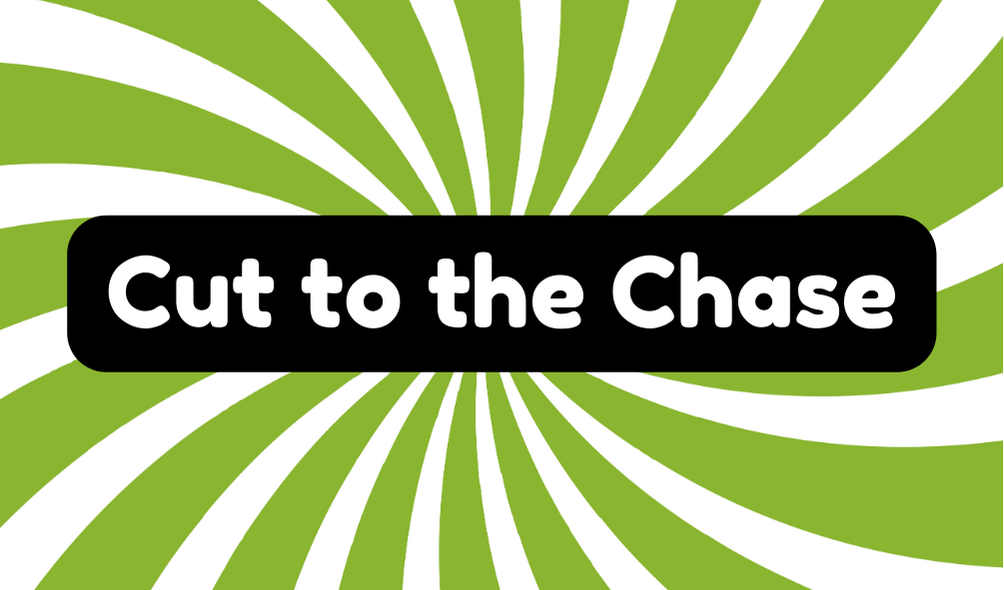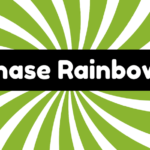The phrase "cut to the chase" signifies the importance of direct and concise communication. It encourages individuals to avoid unnecessary details and get straight to the main point. Originating in the 1920s, linked to the concise storytelling of silent films, this expression reflects a contemporary desire for efficiency. In today's fast-paced world, marked by shortened attention spans and information overload, its relevance is amplified. Utilizing phrases like "get to the point" in various contexts—meetings, negotiations, or presentations—can enhance clarity. Consequently, understanding its usage may reveal even more about effective communication in our daily lives.
Synonyms
When discussing the concept of "cut to the chase," several synonyms emerge that effectively capture its essence of brevity and directness. These phrases resonate well in the context of cutting techniques in communication, appealing to those who favor concise communication over verbosity.
- Get to the point
- Stop beating around the bush
- Cut the fluff
- Get down to business
- Get on with it
Each of these expressions urges individuals to strip away unnecessary detail and streamline discussions for efficiency. In a world inundated with superfluous information, adopting these alternatives can enhance clarity and facilitate innovative thinking. Ultimately, they serve as tools for transforming conversations, fostering an environment where productive dialogue thrives without the confusion of extraneous content.
Example of Sentences
Effective communication often hinges on the ability to convey messages succinctly, making the phrase "cut to the chase" particularly valuable. Utilizing this approach can enhance various interactions through effective conversational strategies. Here are some situational examples:
- "Friends often talk too much; wish they would cut to the chase."
- "As a door salesman, cutting to the chase respects customers' time."
- "Stop beating around the bush; tell me what happened to my car."
- "No time for lengthy discussions; just get to the point."
- "In meetings, cut to the chase to keep everyone focused."
Employing these sentences illustrates how directly addressing issues can lead to more productive outcomes, showcasing the necessity of brevity in our increasingly fast-paced communication landscape.
Origin
The phrase "cut to the chase" has its origins rooted in the silent film era of the 1920s, a time when audiences were enthusiastic for action-packed sequences that propelled the narrative forward. This idiomatic expression reflects the historical significance of concise storytelling, as filmmakers recognized the necessity of engaging viewers by quickly moving to thrilling pursuits. The cinematic influence of this era emphasized visual impact over dialogues, prompting audiences to seek directness in narratives. Joseph Patrick McEvoy's use of the phrase in his 1929 novel "Hollywood Girl" marked its first documented appearance, serving as a cultural touchstone. Ultimately, "cut to the chase" embodies a cultural shift towards efficiency and clarity, signifying our continuous desire to streamline communication in an increasingly fast-paced world.
Collocations
Although "cut to the chase" is often used in casual conversations, its collocations reveal a breadth of application in various contexts. Understanding these pairings enriches discussion techniques and promotes concise communication. Consider these collocations:
- Cut to the chase in meetings
- Cut to the chase during negotiations
- Cut to the chase in presentations
- Cut to the chase when giving feedback
- Cut to the chase to save time
These expressions encapsulate the need for directness in diverse settings. However, while brevity is esteemed, one must remain cautious. Overemphasizing conciseness can risk losing crucial details, prompting skepticism about the effectiveness of communication. A balanced approach yields clearer, more impactful exchanges, ensuring that innovation in discourse does not sacrifice depth for the sake of speed.
How to Use in Everyday Language
Clarity is paramount in effective communication, and the expression "cut to the chase" serves as an invaluable tool for achieving it in everyday language. In daily conversations, using this phrase helps streamline dialogue, saving time and focusing attention on the matter at hand. The following table illustrates common scenarios where the expression can enhance communication:
| Scenario | Use of Expression | Outcome |
|---|---|---|
| Group Discussions | "Let's cut to the chase here." | Promotes concise dialogue |
| Meetings | "I'll cut to the chase with my points." | Increases productivity |
| Personal Situations | "Cut to the chase; what's wrong?" | Fosters open communication |
| Conflict Resolution | "Can we cut to the chase about this issue?" | Resolves disputes faster |
Incorporating this phrase effectively can revolutionize your conversations, promoting clarity over clutter.
Why Is It Still Relevant Today?
Why does the phrase "cut to the chase" maintain its prominence in modern communication? In an era dominated by digital communication, the demand for concise messaging has never been higher. As attention spans dwindle and information overload becomes commonplace, this phrase resonates with audiences seeking clarity and efficiency. Its cultural significance is evident not only in personal interactions but also in business environments, where time is money. The evolution of language reflects a collective desire to streamline conversations, excavating essential points from the noise. While some may argue that brevity compromises depth, the relevance of "cut to the chase" highlights a pragmatic approach to dialogue. Ultimately, embracing this principle can lead to more effective exchanges in our fast-paced world.







